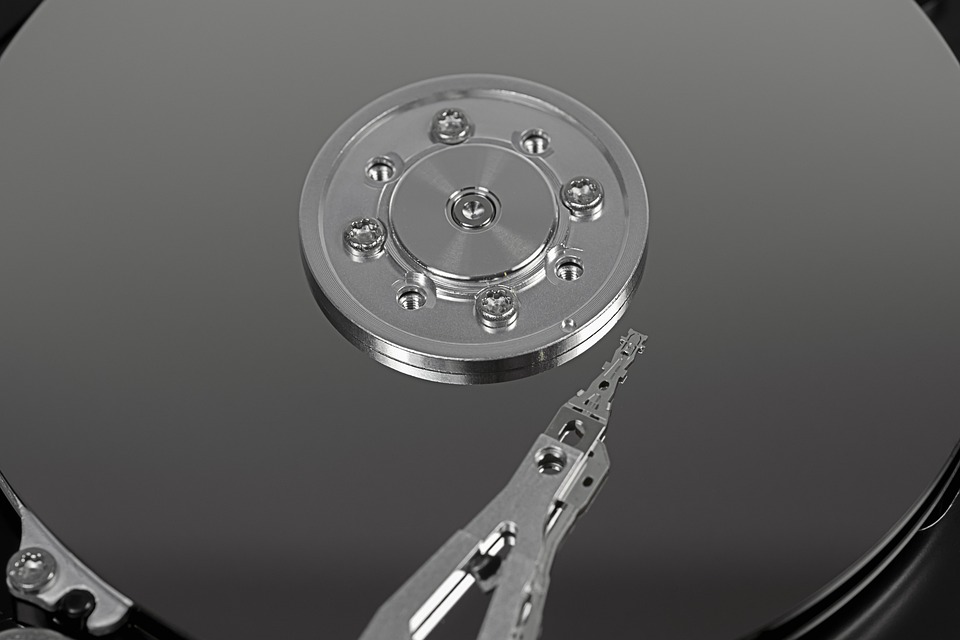Magnetic materials have been a cornerstone of modern technology, with applications ranging from simple magnets to advanced devices like hard disk drives and magnetic resonance imaging (MRI) machines. However, the world of magnetism is about to experience a revolution thanks to the emergence of smart materials, specifically, shape-shifting magnetic materials.
These materials, also known as “magnetic shape memory alloys” or MSMAs, are capable of changing their shape in response to magnetic fields, allowing for unprecedented control over their form and function. This groundbreaking technology has the potential to transform a wide range of industries, from robotics and prosthetics to energy harvesting and beyond.
The Science Behind Shape-Shifting Magnetic Materials
MSMAs are a class of smart materials that combine the properties of magnetism and shape memory effects. Shape memory alloys (SMAs) are materials that can return to their original shape after being deformed, when subjected to certain stimuli, such as heat or magnetic fields.
When these SMAs are combined with ferromagnetic or ferromagnetic-like materials, they exhibit the unique property of shape-shifting in response to magnetic fields. This phenomenon is known as the “magnetic shape memory effect” (MSME).
The MSME is based on the interaction between the magnetic moments of the atoms in the material and the applied magnetic field. When a magnetic field is applied, the magnetic moments align themselves with the field, resulting in a change in the material’s crystal lattice structure. This, in turn, leads to a change in the material’s shape.
Applications of Shape-Shifting Magnetic Materials
The applications of shape-shifting magnetic materials are vast and diverse, with potential uses in various industries, including:
1. Robotics and Prosthetics
One of the most promising applications of MSMAs is in the field of robotics and prosthetics. Traditional robotic and prosthetic limbs often rely on complex mechanisms and motors to achieve movement, which can be bulky, heavy, and energy-inefficient.
Shape-shifting magnetic materials, however, offer a more elegant and energy-efficient solution. By incorporating MSMAs into the design of robotic joints and prosthetic limbs, researchers have demonstrated the ability to control their movement and shape using magnetic fields.
This technology could lead to the development of lighter, more agile, and more lifelike robotic and prosthetic limbs, revolutionizing the lives of amputees and individuals with mobility impairments.
2. Energy Harvesting
Another exciting application of shape-shifting magnetic materials is in the field of energy harvesting. Researchers have proposed using MSMAs as a novel way to convert waste heat or mechanical energy into usable electrical energy.
By harnessing the MSME, these materials can be designed to undergo repeated shape changes in response to fluctuating magnetic fields, which can then be converted into electrical energy using piezoelectric or piezomagnetic materials.
This technology could potentially transform the way we harness renewable energy sources and improve the efficiency of energy conversion systems.
3. Actuators and Sensors
Shape-shifting magnetic materials also have significant potential in the field of actuators and sensors. Traditional actuators and sensors often rely on electromagnetic or piezoelectric principles to convert energy or detect changes in their environment.
MSMAs offer a novel alternative, as they can act as both actuators and sensors simultaneously. By controlling the magnetic field applied to an MSMA, researchers can precisely control its shape and movement, making them ideal candidates for next-generation actuators and sensors.
4. Medical Applications
The unique properties of shape-shifting magnetic materials also make them promising candidates for various medical applications. For example, researchers are exploring the use of MSMAs in the development of smart stents and implants that can change shape or adjust their properties in response to changing conditions within the body.
Additionally, MSMAs could potentially be used in minimally invasive surgical procedures, as they can be manipulated and controlled using external magnetic fields, reducing the need for large incisions and minimizing trauma to surrounding tissues.
5. Space Exploration and Aerospace
The aerospace and space exploration industries could also benefit from the development of shape-shifting magnetic materials. For instance, MSMAs could be used to create morphing wings and adaptive control surfaces for aircraft, improving their aerodynamic performance and fuel efficiency.
In space exploration, MSMAs could enable the development of deployable structures, such as solar panels and antenna arrays, that can be compactly stowed during launch and then shape-shift into their operational configuration upon reaching their destination.
Challenges and Future Directions
Desp

